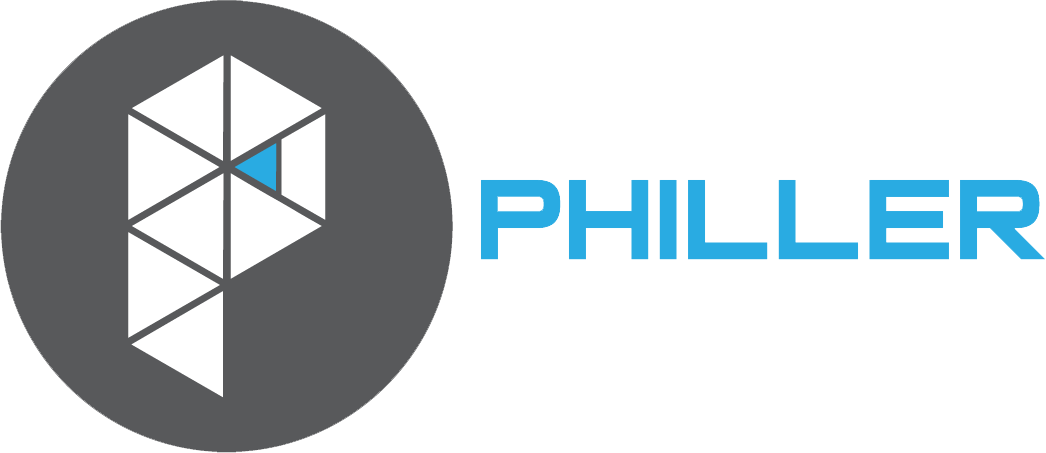There’s a very good chance that you sit one one side of the marketing fence.
I’m not talking the old agency vs. client-side divide.
No, I’m referring to the two, very distinct camps that have emerged in our industry - those that champion the brand-building ability of advertising, and those that chase the revenue-generating potential of performance marketing.
Most of us specialise in one of these disciplines.
And we tend to undervalue, even hold distain for, the other.
The seismic shift from bricks and mortar to online business means that e-comm is king.
No-one can argue with that. But it doesn’t mean that retail-focused digital marketing is the only medium that matters.
The impending recession has got most CMOs firmly focused on quick wins, rather than the so-called long game.
So the mere mention of ‘brand’ has most pursing their lips tighter than a cat’s bum.
But there’s a major watch out to those who think the hard sell is best for sales.
According to Harvard professor Gerald Zaltman, 95% of purchasing decisions are subconscious. In other words, purchasing is more of an emotional decision than a functional one.
Brands that only speak about deals, sales and promo codes are eroding a vital connection with their customers.
Worse still, by pushing special offers and discounts with such full-on frequency, they create a consumer mindset that paying full-price is a mug’s game.
So margins are eroded, creating a downward spiral, where business depends on higher volumes.
And how do you get those? Bigger discounts, of course.
Running permanent promos is like popping pills that take the edge off the symptoms, but fail to fix the underlying condition.
In 2018, Byron Sharp was part of a group of highly-respected academics who presented a research report on what happens when brands stop advertising. Importantly, this wasn’t a brand sentiment study with wish-washy insights into audience perception. It focused specifically on the effect that pulling advertising had on sales.
The headline findings are a real wake-up call for those that discount the value of brand. Stop advertising for a year, and you’ll see an average sales decline of 16%. A year later, you’ve hit a 25% sales drop.
The study noted that smaller brands suffer greater declines than larger, more established ones.
As the majority of businesses are at the smaller end of the axis, that’s a worrying footnote.
Further concerning is how long it takes to claw back audience affinity once your brand has stopping standing for anything more than money-off deals.
While brand health can be damaged within a matter of months, it can take years to repair. Alienated audiences don’t forgive or forget overnight.
So when you’ve got through the doom and gloom of next year’s predicted recession, the good times could take a lot longer to return.
Promos have their place, just don’t sell yourself short.
Thanks for reading.
